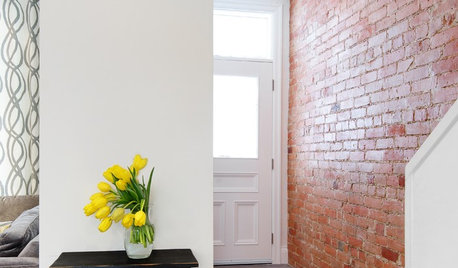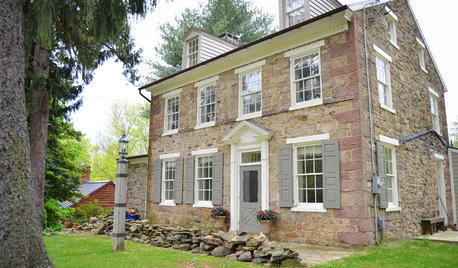Arrghhhhh, lead paint on plaster walls
girlndocs
14 years ago
Featured Answer
Sort by:Oldest
Comments (11)
kudzu9
14 years agomainegrower
14 years agoRelated Professionals
Agoura Hills Kitchen & Bathroom Designers · Riviera Beach Kitchen & Bathroom Designers · Waianae Kitchen & Bathroom Designers · Fullerton Kitchen & Bathroom Remodelers · Charlottesville Kitchen & Bathroom Remodelers · Fairland Kitchen & Bathroom Remodelers · Hunters Creek Kitchen & Bathroom Remodelers · Islip Kitchen & Bathroom Remodelers · West Palm Beach Kitchen & Bathroom Remodelers · Charleston Architects & Building Designers · Doctor Phillips Architects & Building Designers · Lansdale Architects & Building Designers · Lexington Architects & Building Designers · Troutdale Architects & Building Designers · Ronkonkoma Architects & Building Designersbrickeyee
14 years agoBilll
14 years agoreyesuela
14 years agogirlndocs
14 years agoworthy
14 years agokarinl
14 years agosombreuil_mongrel
14 years agosoto
14 years ago
Related Stories

HEALTHY HOMEGet the Lead Out: Lead Safety at Home
Keep your family safe by properly testing for and dealing with lead in old painted surfaces, water and soil
Full Story
WALL TREATMENTSPick the Right Paint Finish to Fit Your Style
The question of finish may be as crucial as color. See which of these 9 varieties suits your space — and budget
Full Story
PAINTINGHow to Hire a Painter to Do Your Interiors
Here’s what to know about hiring a painting contractor and what to expect during the job
Full Story
HOUZZ TOURSHouzz Tour: Geometry and Art in Chelsea
Loft remodel leads to innovative ways with walls, light and space
Full Story
PAINTINGKnotty to Nice: Painted Wood Paneling Lightens a Room's Look
Children ran from the scary dark walls in this spare room, but white paint and new flooring put fears and style travesties to rest
Full Story
BRICKHow to Make an Interior Brick Wall Work
Learn how to preserve, paint, clean and style a brick wall to fit your design scheme
Full Story
PAINTINGWhat to Know About Milk Paint and Chalk Paint — and How to Use Them
Learn the pros, cons, cost and more for these two easy-to-use paints that are great for giving furniture a vintage look
Full Story
HOUZZ TOURSHouzz Tour: Historic Fieldstone Home in Pennsylvania
With stone, rough plaster and wood all around, a historic home in the countryside is heavy on charm
Full Story
REMODELING GUIDESInterior Brick: Paint it or Leave It?
Here's how to know if covering that brick is a sin or solution
Full Story
RANCH HOMESMy Houzz: Paint and Pluck Revamp a Portland Ranch
A 1930s fixer-upper becomes a cheery and personal home at the hands of an industrious homeowner
Full Story








girlndocsOriginal Author